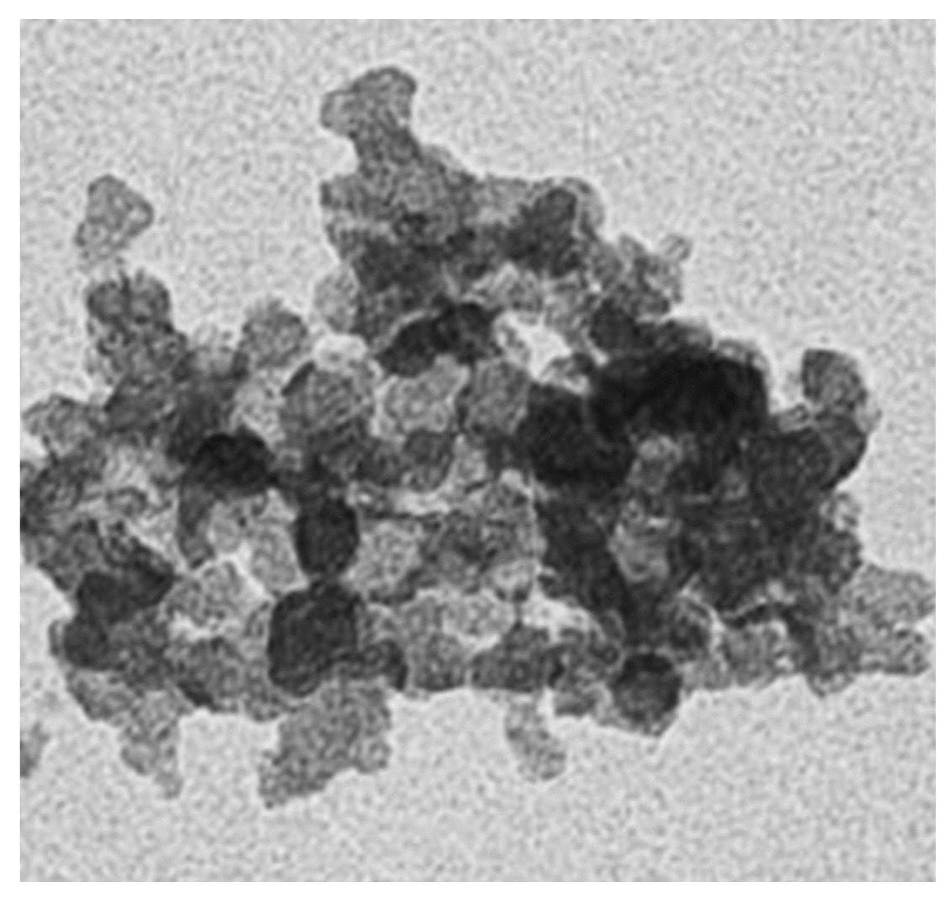Jan 17 2017
 Nanoparticles from combustion engines (shown here) can activate viruses that are dormant in lung tissue. Source: Helmholtz Zentrum M�nchen
Nanoparticles from combustion engines (shown here) can activate viruses that are dormant in lung tissue. Source: Helmholtz Zentrum M�nchen
Nanoparticles emitted by combustion engines can activate dormant viruses in lung tissue cells. The study’s results have been published in the ‘Particle and Fibre Toxicology’ journal. This study was carried out by researchers from Helmholtz Zentrum München, a partner in the German Center for Lung Research (DZL).
Some viruses hide in cells of their host and stay there in order to evade the immune system. In medical terms, this state is known as a latent infection. The viruses become active again if the immune system grows weaker or if certain conditions change, and they begin to multiply and destroy the host cell.
Now, a team of researchers headed by Dr. Tobias Stöger from the Institute of Lung Biology and Prof. Dr. Heiko Adler, deputy head of the research unit Lung Repair and Regeneration at Helmholtz Zentrum München, reveal that nanoparticles can also activate this process.
From previous model studies we already knew that the inhalation of nanoparticles has an inflammatory effect and alters the immune system. An exposure to nanoparticles can reactivate latent herpes viruses in the lung.
Dr. Tobias Stöger, Institute of Lung Biology
Specifically, the researchers tested the effect of nanoparticles typically produced by fossil fuel combustion in an experimental model of a specific herpes virus infection. They found a significant increase in viral proteins that are only formed with active virus proliferation.
"Metabolic and gene expression analyses also revealed patterns resembling acute infection," said Philippe Schmitt-Kopplin, head of the research unit Analytical BioGeoChemistry (BGC). Additional experiments with human cells showed that Epstein-Barr viruses are also ‘awakened’ as they come into contact with the nanoparticles.
Potential Approach for Chronic Lung Diseases
In additional studies, the research team is expecting to test whether the study results can also be transferred to humans.
Many people carry herpes viruses, and patients with idiopathic pulmonary fibrosis are particularly affected. If the results are confirmed in humans, it would be important to investigate the molecular process of the reactivation of latent herpes viruses induced by particle inhalation. Then we could try to influence this pathway therapeutically.
Dr. Heiko Adler, Professor, Helmholtz Zentrum München
Therefore, special cell culture models could help to reveal the precise mechanism of virus reactivation by nanoparticles. “In addition,” Stöger said, ”in long-term studies we would like to investigate to what extent repeated nanoparticle exposure with corresponding virus reactivation leads to chronic inflammatory and remodeling processes in the lung.”